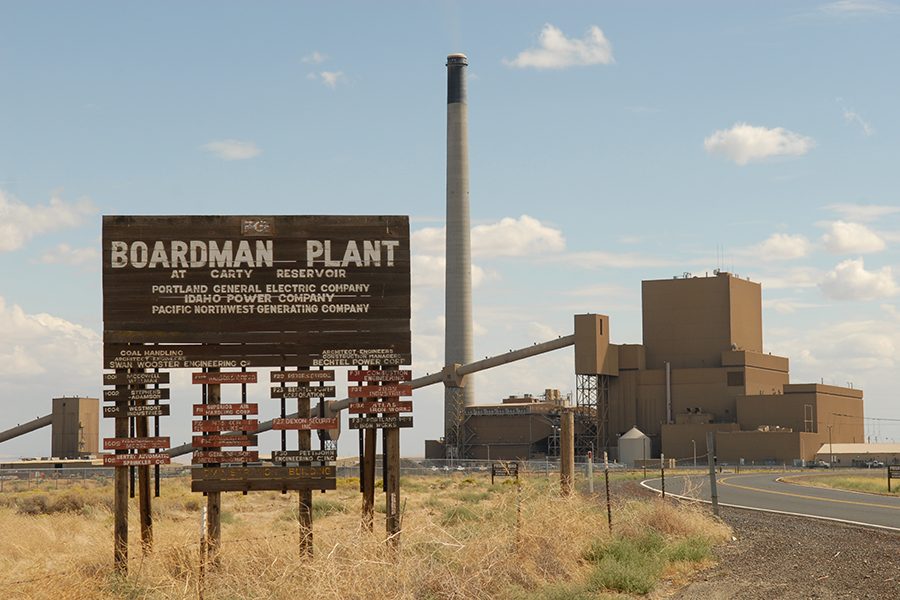
Home » Goodbye to coal: PGE burned its last load of coal in Boardman this fall
Goodbye to coal: PGE burned its last load of coal in Boardman this fall

December 15, 2020
Portland General Electric completed its 10-year plan to mothball its 600-megawatt coal plant at the Port of Morrow in Boardman in October.
PGE, which owns a 90% stake in the plant blamed for toxic haze in the Columbia Gorge, agreed to shut down the plant in 2010 under pressure to meet clean energy goals and from environmental groups such as the Sierra Club’s Beyond Coal initiative.
“Our customers are counting on us to deliver a clean energy future,” said Maria Pope, PGE’s president and chief executive officer, in a statement. “PGE’s Boardman closure is a major step on our path to meeting Oregon’s greenhouse gas emissions reduction goals and transforming our system to reliably serve our customers with a cleaner, more sustainable energy mix.”
The private, investor-owned utility (NYSE: POR) set a goal of 100% clean energy by 2040, similar to Washington state’s 2045 clean energy goals.
The company operates a pair of natural gas-fueled plants at Boardman to serve its customers in the greater Portland area.
The Boardman plant is one of four Northwest coal-burning power plants slated to go offline this year as the region moves toward carbon-free power sources.
Units 1 and 2 of the four-unit Colstrip Power Plant, operated by Puget Sound Energy and Talen Energy in Montana, shut down in January.
Canadian power giant TransAlta will shut down one of two coal burning power plants at Centralia by the end of the month. It notified the Washington Employment Security Department it would lay off 64 employees at the plant in November.
The second Centralia plan is set to go offline in 2025.
PGE said it would replace the coal-generated power with a mix of existing resources, including five-year contracts with the Bonneville Power Administration, Douglas County PUD and other independent suppliers.
It factored the Boardman closure in its resource plans starting in 2010. Some employees are on site to conduct cleanup and prepare the facility for demolition starting in 2022.
Energy
KEYWORDS december 2020





